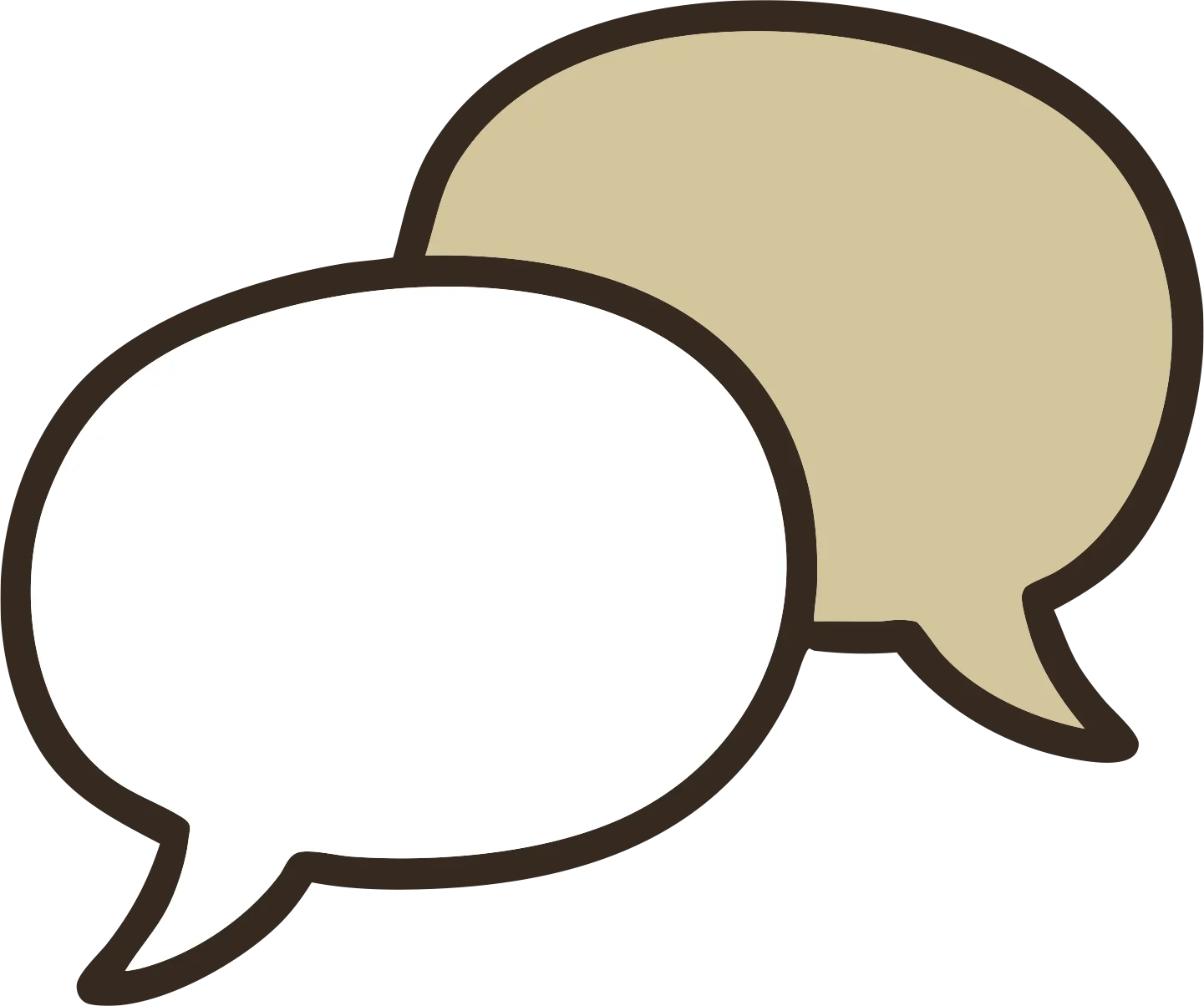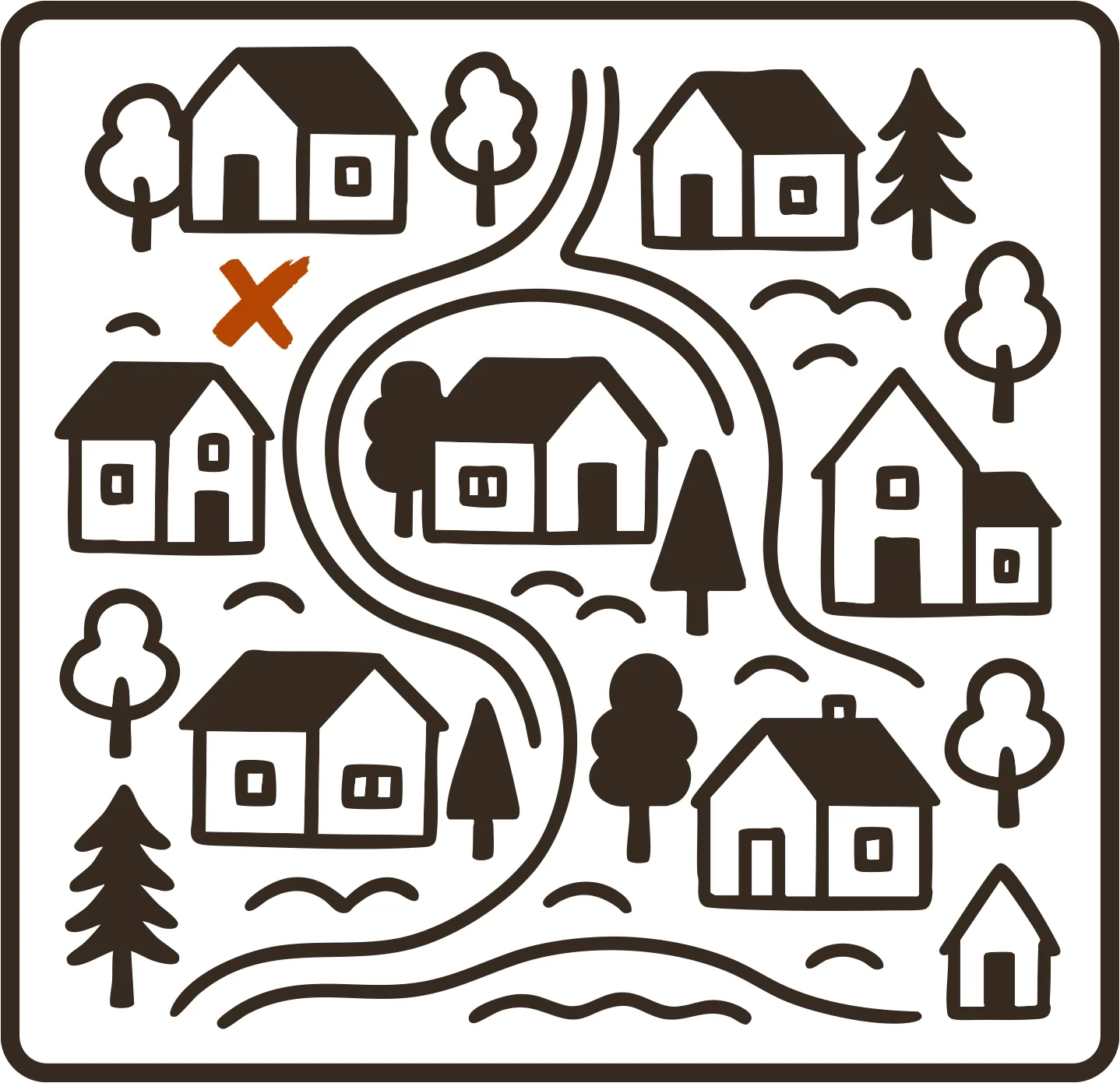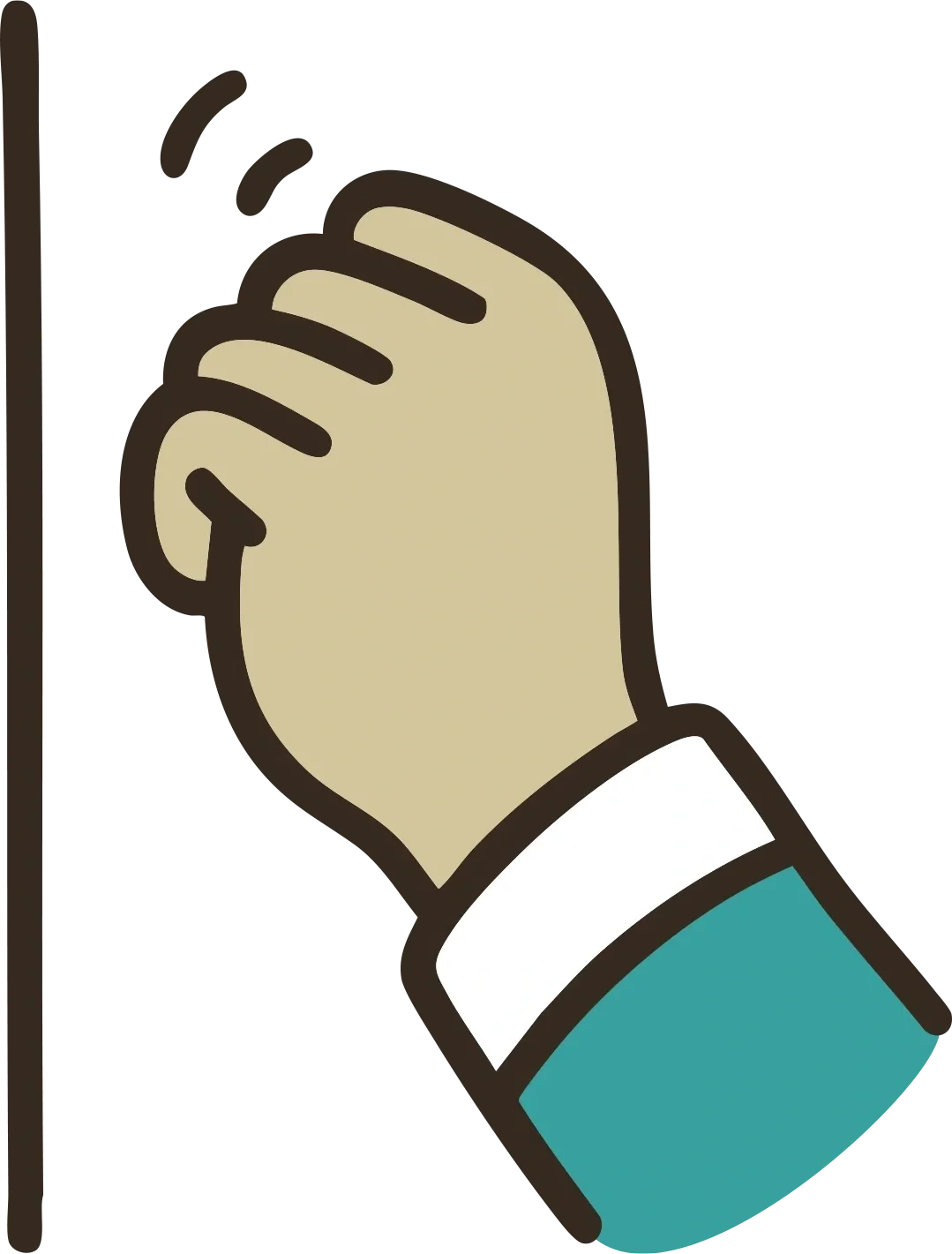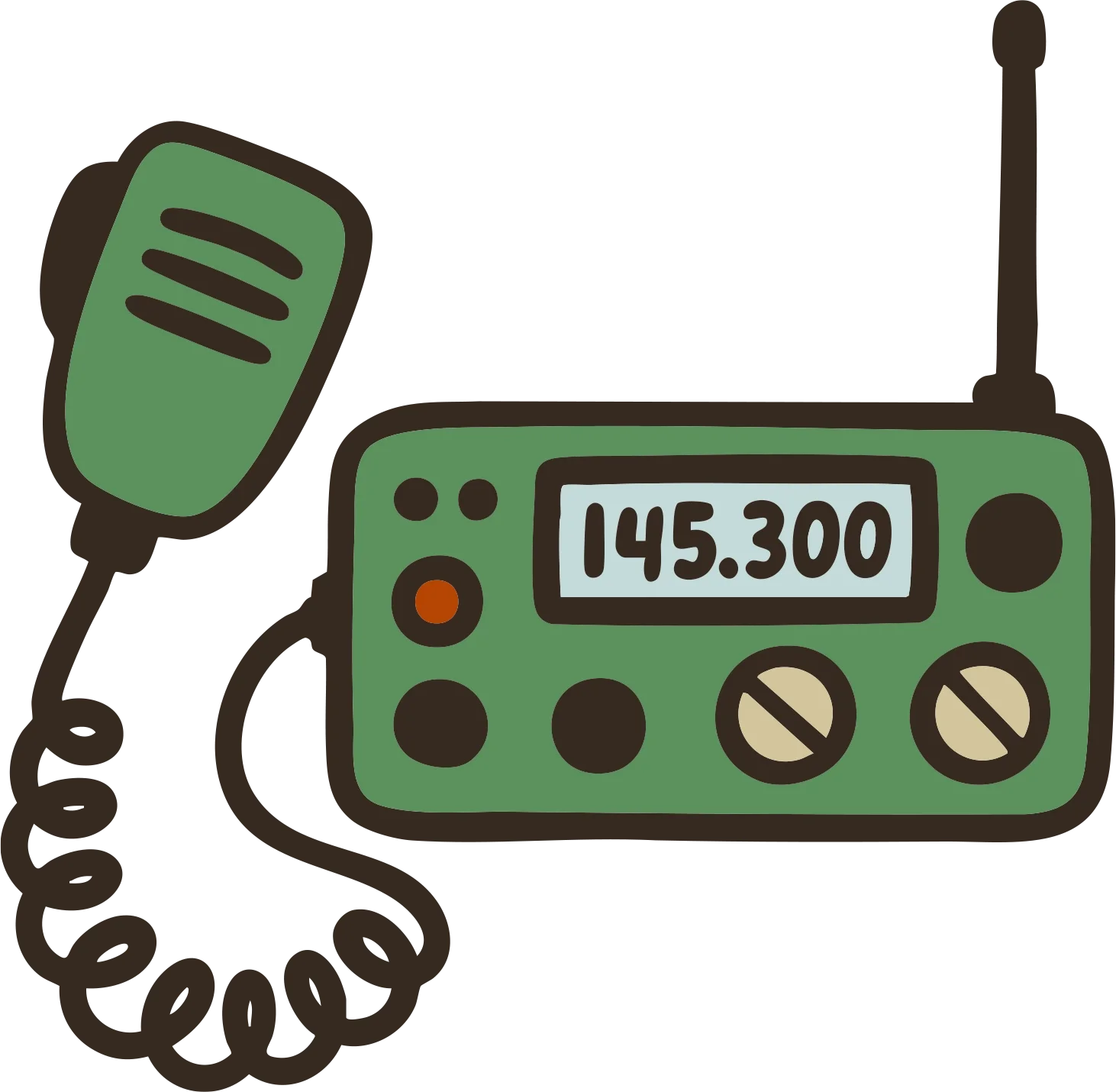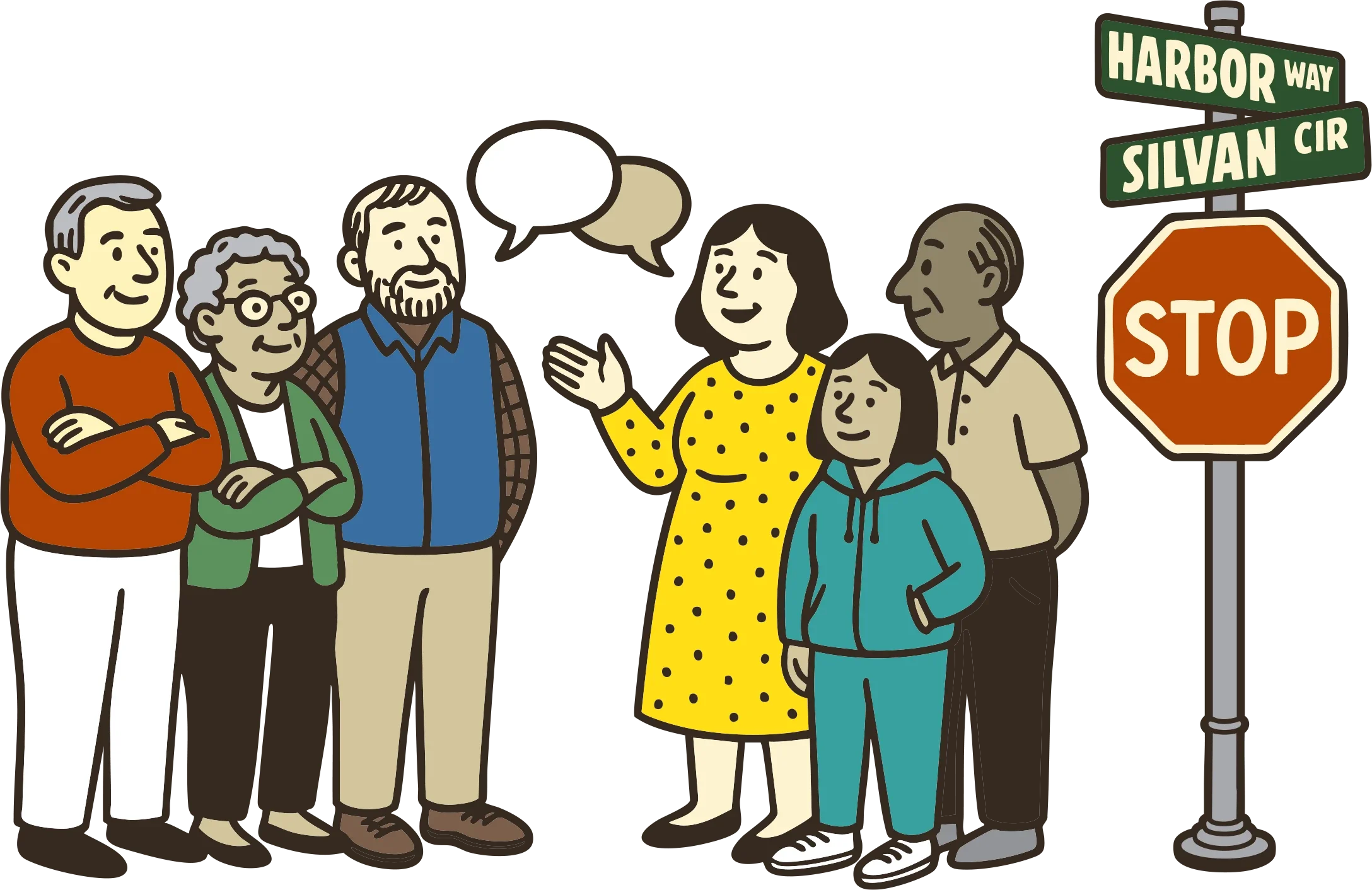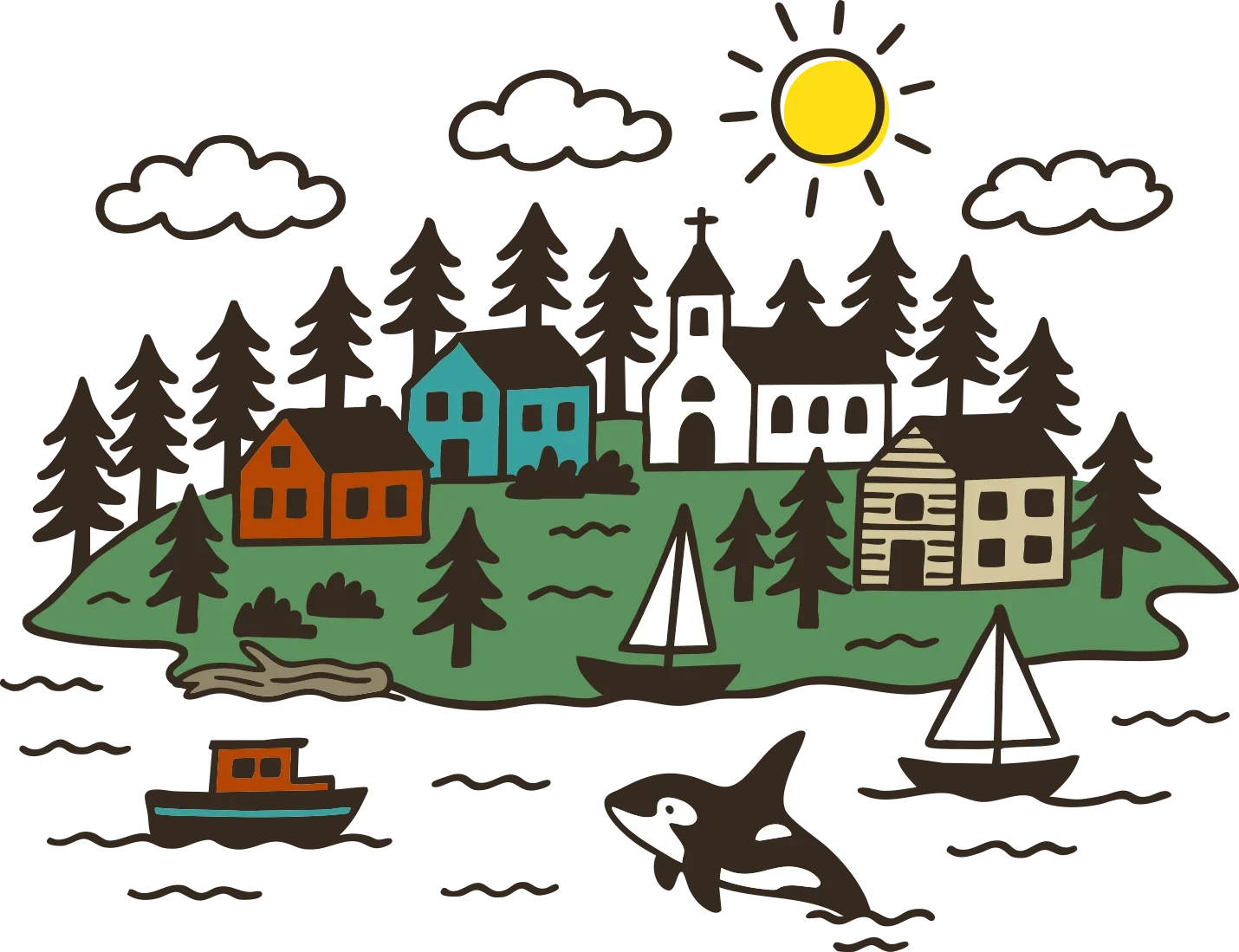Prepare Your Neighborhood
Disasters rarely hit one house at a time. When something goes wrong, your neighbors are your most immediate support system. The more connected your street, block, or building is before an emergency, the better off everyone will be when it counts.
You don’t need to be an expert or start a big program. Just take a few simple steps to help your neighborhood get ready.
Start with a Conversation
Reach out to a few neighbors. Ask:
Do you have a landline or cell coverage at your house?
What tools or resources do you have?
Who might need extra help during a power outage or evacuation?
Where would we meet up or check in if something big happens?
You don’t need everyone on board to get started. A few connections can go a long way. If you have questions or need help getting started, don’t hesitate to contact our office for help.
Make a Map or Contact List
Print a simple map or draw one by hand. Mark homes, note who lives where, and list any known resources (generator, chainsaw, extra water, medical training, etc.). Include contact info if people are willing to share.
Post it in a shared space, or keep a copy in your go-kit.
Check on Each Other During Events
When something happens—a storm, heavy snow, a long outage—check in. A text, a knock, or a friendly holler across the street can help confirm who’s okay and who might need help. Just getting in the habit of checking in is a major step forward in preparedness.
If phones and internet are down, pre-agree on a common check-in spot, it can be as simple as a driveway or a big old tree on the corner.
Pool What You’ve Got
Most neighborhoods already have useful resources—they’re just spread out. One neighbor might be a ham radio operator. Someone else has a root cellar, a generator, or extra tools. The goal isn’t to stockpile everything yourself—it’s to know what’s around you and make a loose plan to share it if needed. A little coordination goes a long way. It doesn’t need to be especially complicated, a brief conversation once a year will keep your mental inventory fresh.
Keep It Simple
While we love and welcome the prepper mentality, you don’t need to hold extensive meetings or make spreadsheets unless you want to. Preparing your neighborhood is really just about knowing your people, sharing a plan, and being ready to help each other when things go sideways. Islanders are a resourceful and creative bunch who come together organically in a crisis. Keeping that culture strong is our goal!
Download our Neighborhood Preparation Guide (Spanish) to get started.
When your neighborhood is connected, it's time to think bigger.
Help the organizations, businesses, and services you count on get ready too.
Still working on your own setup? Find out how to get your home ready.


